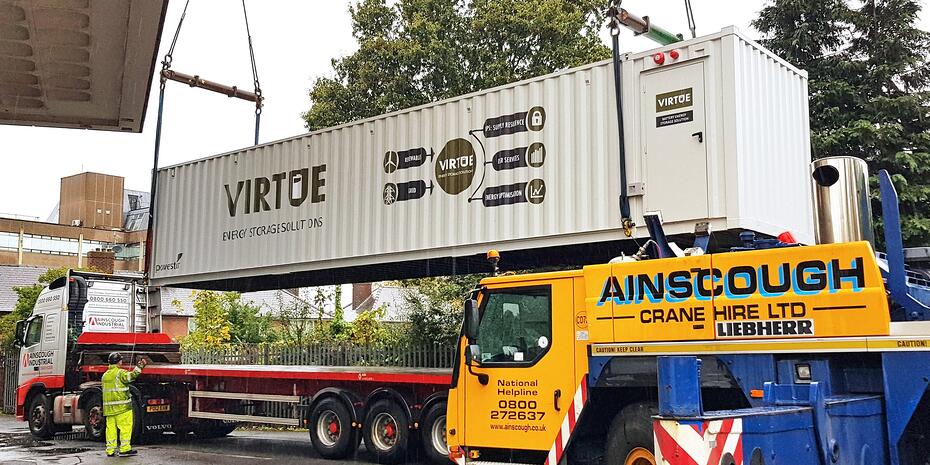
The Inaccurate Citizen: Why Flat Matching is a Public Sector Liability
Government agencies, from benefit and taxation departments to national identity registries, manage the most sensitive and complex data hierarchies in existence. The challenge isn’t just the sheer volume—it’s the intrinsic structure of citizen data, which is rarely a single, neat record.
The reality of public sector data is defined by layered, fluctuating relationships:
- Family Structure: Household $\rightarrow$ Citizen $\rightarrow$ Spouse/Dependents.
- Location History: Citizen $\rightarrow$ Address History $\rightarrow$ Property Record.
- Program Participation: Citizen $\rightarrow$ Benefit Claim $\rightarrow$ Transaction History.
When traditional Entity Resolution (ER)—which treats each record in isolation—is applied to this data, the results are catastrophic for public trust and service delivery:
- Service Denial: A Citizen record is updated in one system (e.g., a new address), but the associated records in a second system (e.g., a benefit claim) are not correctly linked. The individual is treated as a duplicate or an unverified entity, leading to a denial of critical services.
- Inefficient Resource Allocation: Multiple, fragmented records for the same person across different agencies lead to an inflated citizen count, resulting in poor resource planning and misallocation of public funds.
- Data Silo Amplification: Instead of connecting the dots, flat matching reinforces the divide between agency data silos (Health, Education, Finance), making a true ‘Citizen 360’ view impossible and frustrating cross-agency initiatives.
The stakes are far too high to rely on fragmented, address-only, or name-only matching. The government needs an entity resolution system that understands that data context is defined by relationships, not just attributes.
The MatchX Solution: Building Identity Trust from the Top Down
MatchX’s Hierarchical Entity Resolution is engineered to stabilize and unify the complex, multi-layered data landscape of the public sector. By implementing a hierarchy-aware matching layer, we ensure that accuracy is achieved not just at the record level, but across the entire structural entity—from the Household to the individual Citizen.
Here’s how MatchX revolutionizes public sector data accuracy:
1. Contextual Verification via Parent-Level Matching
Instead of immediately trying to match a single, error-prone citizen record, MatchX starts by finding a high-confidence match for the encompassing parent entity.
Scenario: Verifying a family unit for social assistance.
MatchX Action: The system prioritizes resolving the Household identity first, using verified shared attributes like property ID, utility accounts, and known adult names. Once the Household is confirmed with high confidence (e.g., 95% match score), this verified Context is applied.
Impact on Accuracy: This eliminates the common issue of mismatched individuals. If two citizens are highly similar but are linked to two separate, high-confidence Household entities, they are correctly identified as two different individuals, preventing disastrous over-merging.
2. Multi-Level Confidence Propagation
The intelligence of the hierarchical structure is shared dynamically throughout the matching process.
Top-Down Trust: The high match confidence score from the verified Household automatically propagates down to the dependent Citizen records. This ensures that minor errors on a child’s record (e.g., a typo in a date of birth on a school record) are overridden by the strong, verified context of the parent entity, allowing for a successful and accurate link.
Bottom-Up Refinement: If a severe mismatch is detected at the lowest level (e.g., a known fraudulent address history linked to a specific Benefit Claim), this negative information propagates upward to reduce the confidence score of the parent Citizen and Household. This acts as an automated risk signal, directing the attention of data stewards to areas of genuine concern.
3. Graph-Based Visualization for Audit and Review
For high-stakes government use cases, transparency and auditability are paramount. Our graph-based storage is the ultimate tool for accountability.
Citizen 360: Every citizen, household, and address is represented as a linked node. Data stewards and auditors can visualize the entire, verified relationship network in real-time.
Traceability for Decisions: If a benefit claim is approved or denied, the agency can instantly trace the decision back through the entire verified hierarchy—confirming the Citizen’s identity, linking them to the validated Household, and verifying the associated address history. This level of granular, transparent traceability is essential for compliance and public trust.
Real-World Impact: Uncovering Hidden Risks and Accelerating Service
The integration of Hierarchical Entity Resolution in MatchX delivers immediate, measurable benefits for government agencies:
Government Challenge | Solution via MatchX Hierarchical Matching | Tangible Result |
Duplicate Citizen Records | Matches records by Household first, using familial context to distinguish between individuals with similar names. | 96% Match Precision, eliminating redundant, confusing duplicate records. |
Benefit Fraud | Exposes non-obvious links, such as two claims from the same verified Household using conflicting addresses. | Enhanced Fraud Detection by uncovering patterns traditional systems miss. |
Cross-Agency Inconsistency | Creates a unified Citizen Identity Graph that links records across departments (Health $\rightarrow$ Taxation $\rightarrow$ Education). | Seamless Interoperability, enabling a true ‘Single View’ of the citizen for faster service delivery. |
Case Example: Accelerating Disaster Relief Claims
During a natural disaster, quick, accurate identity verification is life-saving.
The Problem: Traditional systems fail because they take too long to match fragmented identity and address data, or they over-merge two separate families who temporarily relocated to the same shelter address.
The MatchX Difference: The system immediately prioritizes the pre-existing Household structure and its verified Address History. It can quickly verify the identities of all dependents within that structure and confirm their eligibility against the registered property record, even if temporary address data is inconsistent.
The Outcome: Citizens receive the right relief funding faster, and the agency prevents fraud by not merging two families incorrectly. This builds foundational trust during moments of crisis.
The Key Takeaway: Defining the Future of Citizen Identity
In government, data quality is not a back-office problem—it’s a matter of equity, efficiency, and public security.
Hierarchical Matching is not just a technological advancement; it is the strategic imperative for any public service organization aiming to achieve true Citizen Record Accuracy. By understanding and leveraging the deep, structural relationships in your data, MatchX empowers government agencies to:
1. Reduce False Positives: Saving millions in review time and preventing erroneous service denials.
2. Uncover Hidden Risks: Detecting complex fraud schemes through structural analysis.
3. Build Public Trust: Ensuring every service interaction is based on an accurate, single view of the citizen.
MatchX is moving the public sector from isolated records to a complete, accurate Citizen Identity Graph.
Learn how your agency can strengthen citizen trust—connect with us to explore MatchX.









